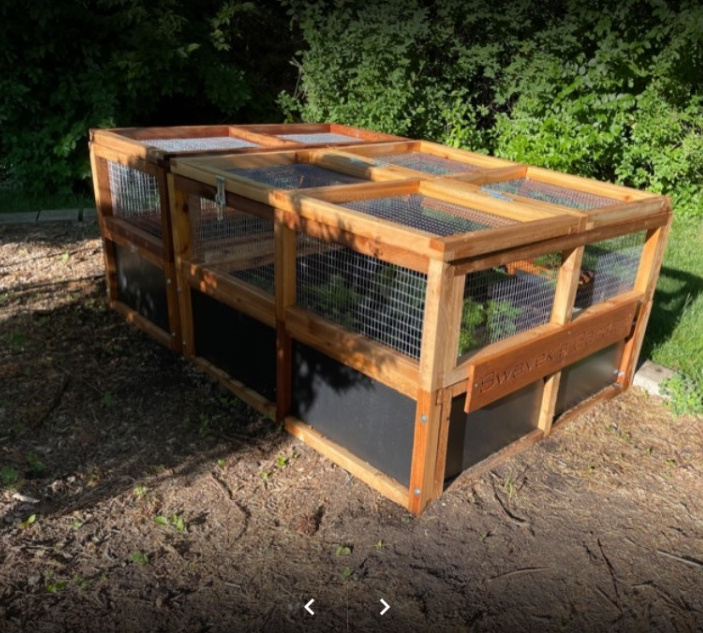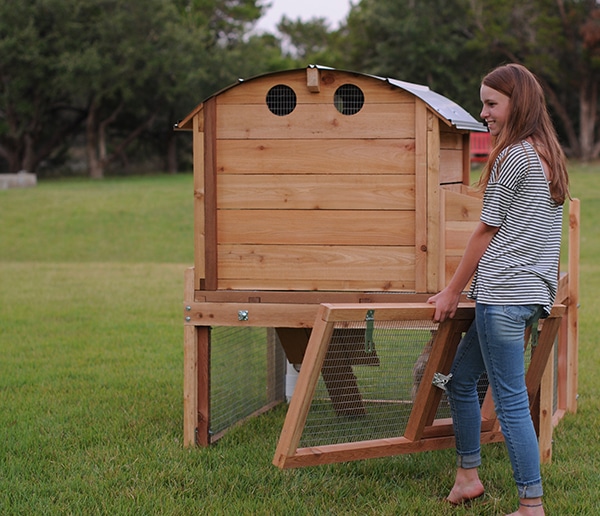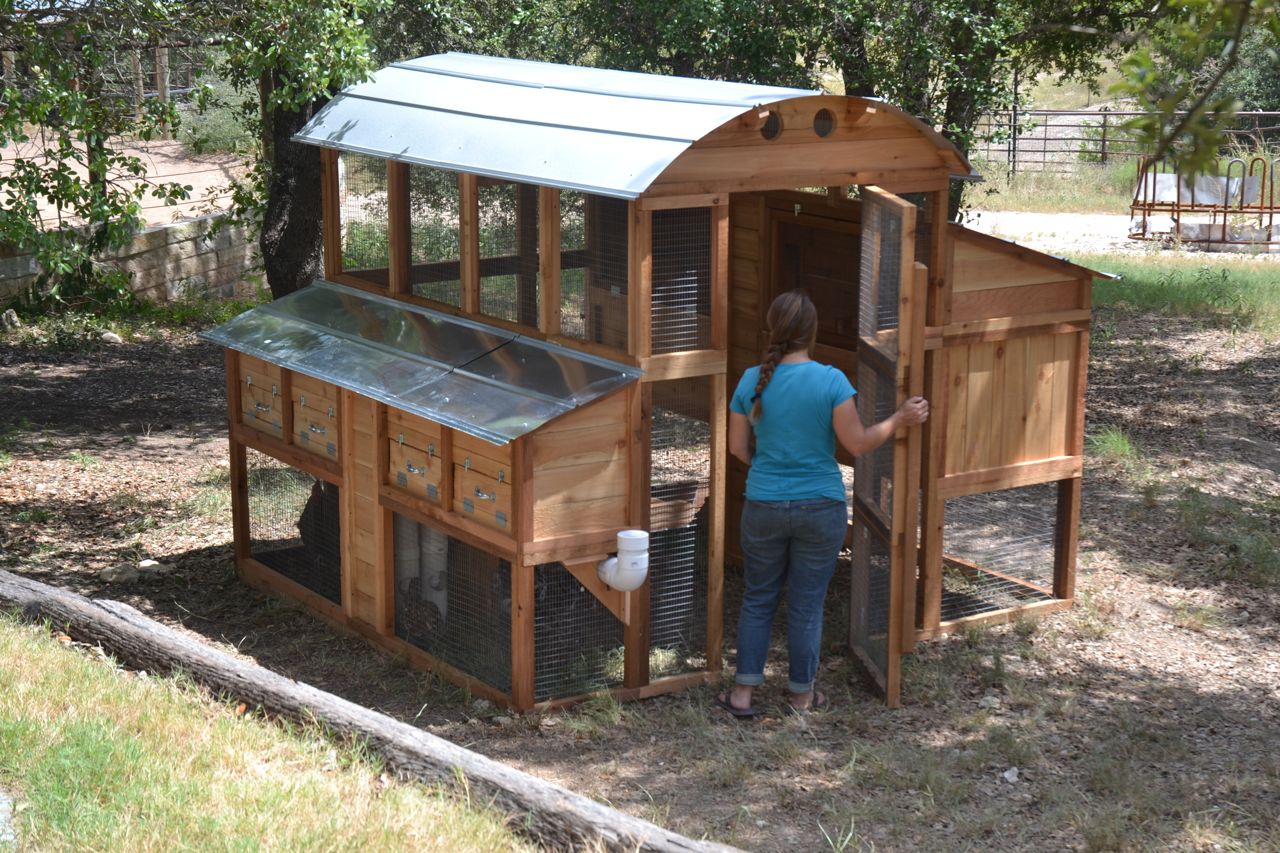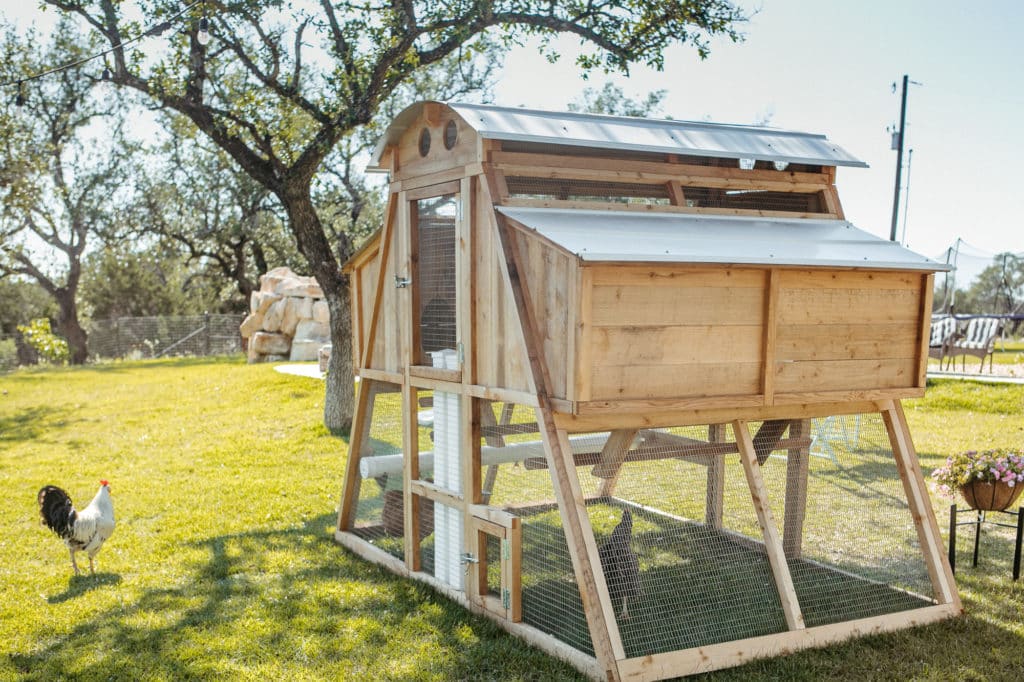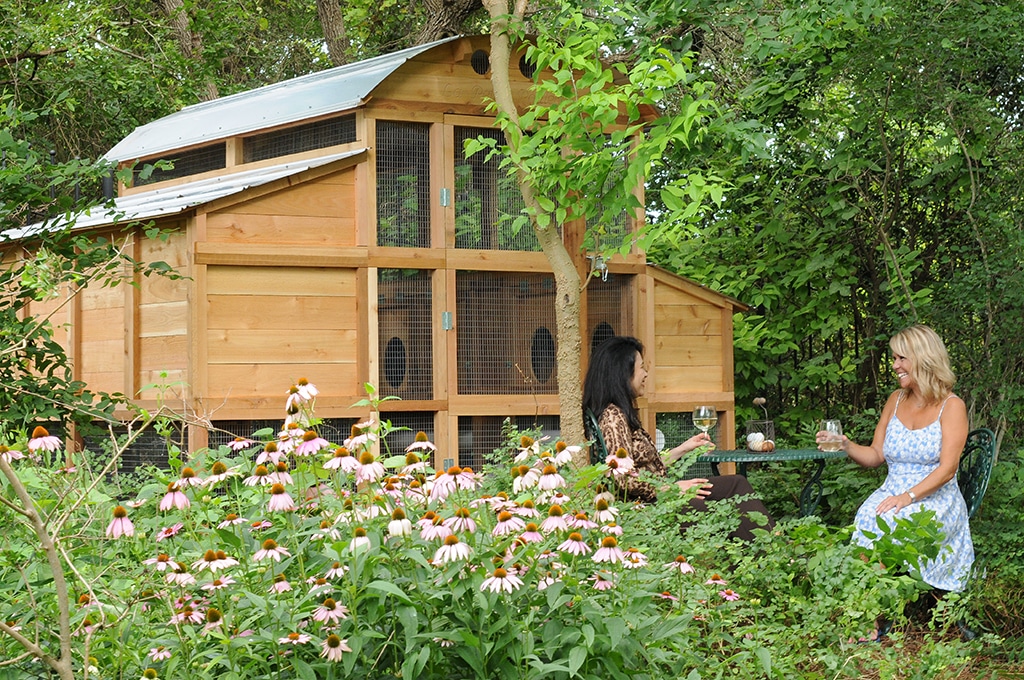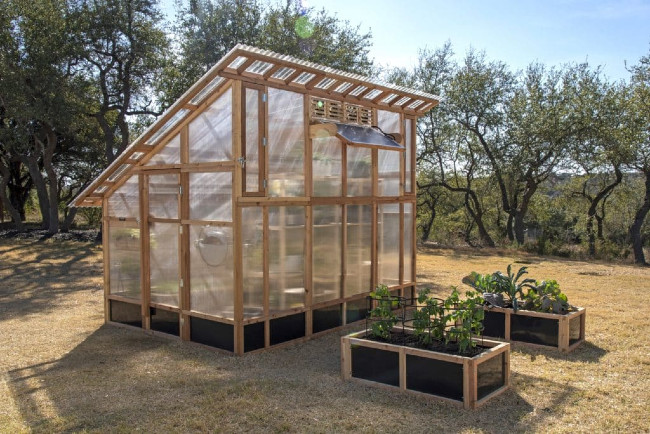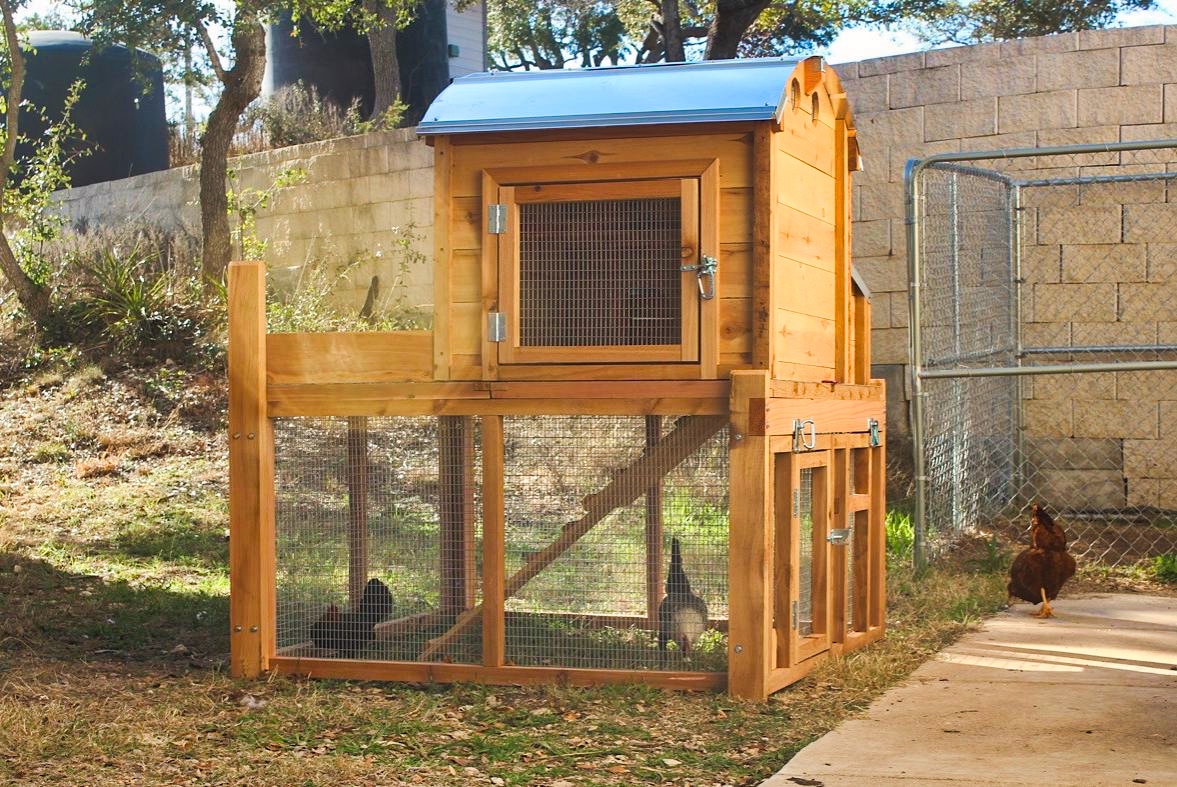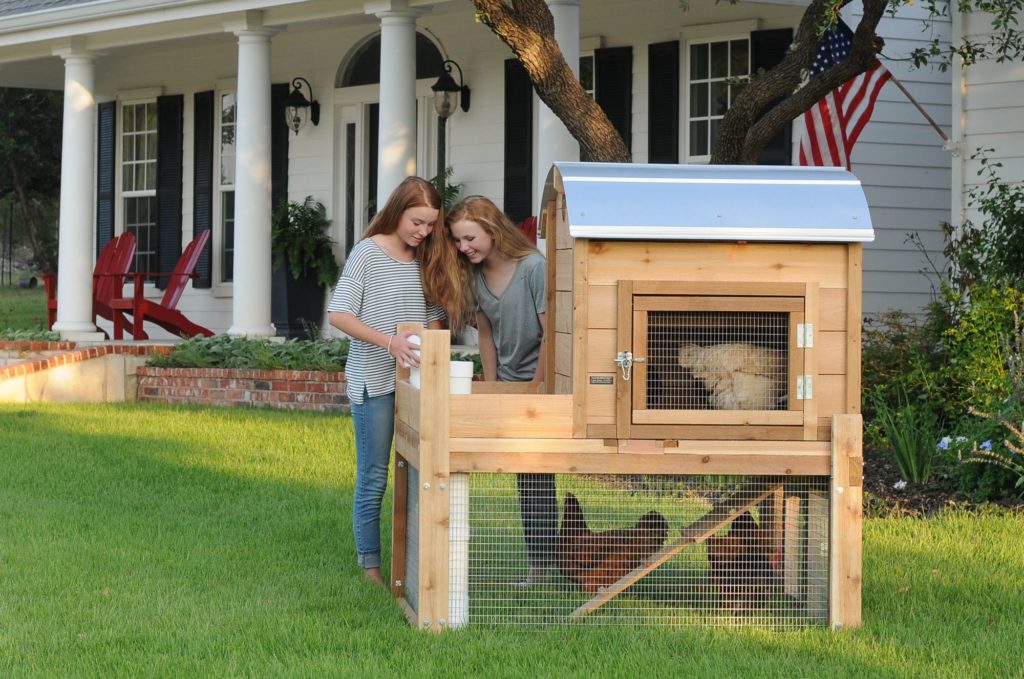In this guide, you’ll learn all about the Coops Modular Raised Garden Bed System – how it was built, why it’s so popular, and what’s in store for the future of this unique growing solution. You’ll also get a close look at the Coops System itself and what makes it so great, and we’ll take you through many examples of both larger and smaller gardens to give you an idea of what this system can do for you. Let’s get started!
Why Do I Need To Plan?
A raised garden bed is the perfect solution for your coops! They are easy to assemble and take up less space than traditional gardens. Plus, they can be used to grow a variety of vegetables, fruits, and herbs. But before you start shopping for raised garden beds, it’s important to plan out your garden.
What Size Panel Should I Use?
If you’re looking for a chicken coop that’s easy to set up and take down, our modular raised garden bed panels are the perfect solution. You can choose from a variety of sizes, but we recommend the 47-inch wide panel for chicken coops. This size will give you plenty of space to add chicken coop accessories like perches and nesting boxes. Plus, it’s deep enough to provide your chickens with plenty of room to scratch and peck.
Where Do My Plants Go?
One of the most common questions we get asked is Where do my plants go? We have a few suggestions. First, consider a chicken roost. They are great for getting your plants off the ground and out of reach of animals. Second, try a slant roof greenhouse. These are perfect for starting seedlings or protecting delicate plants from the elements. Third, use raised garden beds. These are great for giving your plants more space to grow and making it easier to tend to them.
How Do I Put This Together?
It’s easy to put together a coop with these modular raised garden bed panels. Just choose the length you want and add modules until you reach the desired width. Then add the panels to your coop company’s Backyard Chicken Coops or Duck Coop for Sale.
What Are The Advantages Of Gardening At Home?
Gardening at home has many advantages. It is a great way to get fresh air and exercise. It can also save you money on your grocery bill. Plus, it is a great way to relax and de-stress. When gardening at home, there are many ways that you can make your garden beautiful. Here are just a few ideas:
1) Add flower boxes for flowers around the house.
2) Plant trees or other fruit bearing plants in the backyard for healthy eating
3) Plant annuals such as daisies or petunias around the outside of the house or even in the front yard where they will add color during summer months.

Other Benefits Of Gardening At Home Include…
-homegrown fruits and vegetables often taste better than store-bought ones.
-You can grow your own food and save money on groceries.
-You can get some exercise and fresh air while you garden.
-Gardening can be a relaxing and therapeutic hobby.
-You can customize your garden to suit your needs and taste.
A Few Simple Maintenance Steps To Help You Keep Up With Things
Just like any other type of garden bed, these modular raised garden bed panels will need a little bit of upkeep in order to stay looking their best. Here are a few simple maintenance steps to help you keep up with things:
- Inspect the panels regularly for any signs of wear and tear.
- If you notice any damage, make sure to repair it as soon as possible.
- Keep the area around the panels clean and free of debris.
Purchasing Tips & Tricks To Save Money And Time When Shopping Online
1.Start by taking measurements of the space you have available for your coop. This will help you determine how many modules you need to purchase.
2.Next, decide what style you want your coop to be. There are many different styles of coops available on the market, so take some time to browse and find one that suits your needs and taste.
3.Once you have an idea of what you want, it’s time to start shopping around.
Have questions or comments regarding anything mentioned in this blog post? Please feel free to email us at support@roostandroot.com or give us a call at 877-741-2667. We’re real people and are always happy to help.
